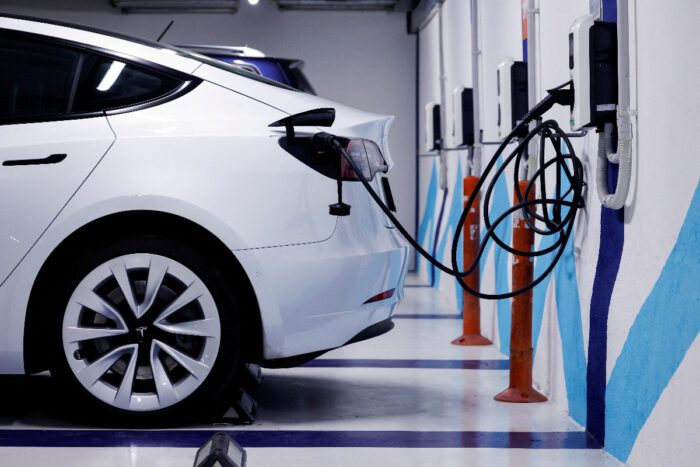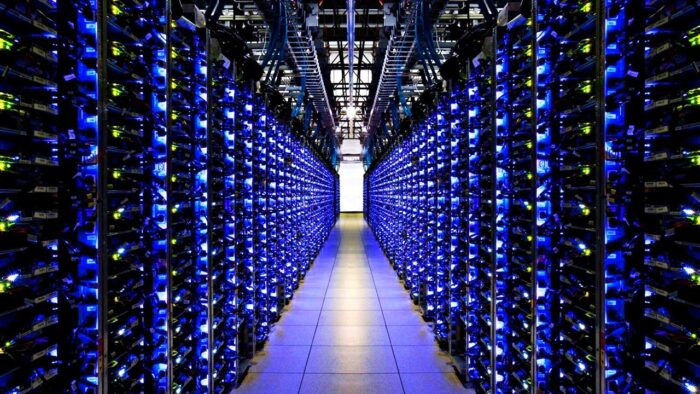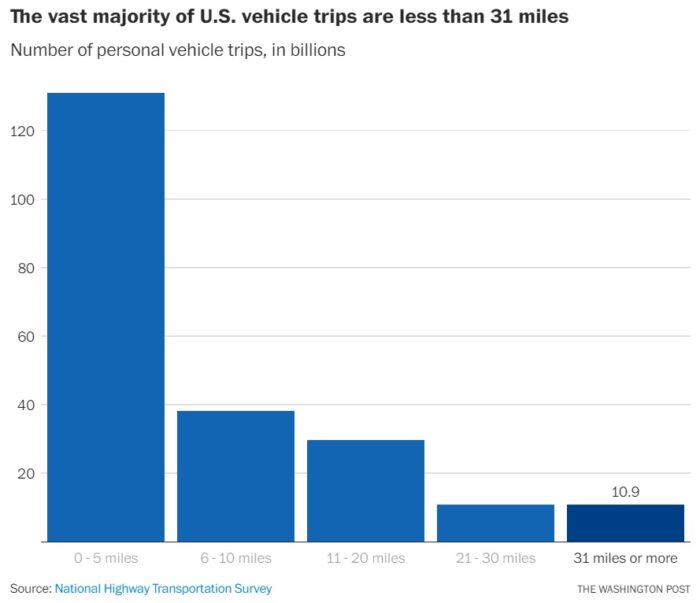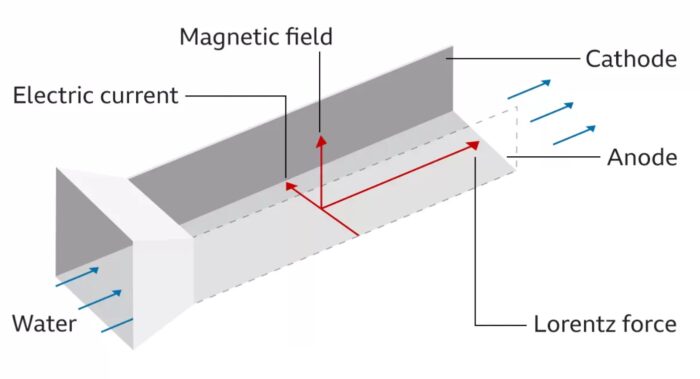Jul 31 2023
The Superconductor Flap of 2023
 If you are at all interested in science and technology news, you have probably heard that a team from South Korea claims to have developed a material that is a superconductor at room temperature and ambient pressure. Interestingly, if you are someone who does not follow such news, you probably haven’t read this. As is often the case, I am as interested in how certain science news gets received and reported as the news itself, and this is an interesting case.
If you are at all interested in science and technology news, you have probably heard that a team from South Korea claims to have developed a material that is a superconductor at room temperature and ambient pressure. Interestingly, if you are someone who does not follow such news, you probably haven’t read this. As is often the case, I am as interested in how certain science news gets received and reported as the news itself, and this is an interesting case.
First, the claim being made here is beyond massive. If true (and that’s still a big if) this is the biggest science news so far this century. I would rank it above even CRISPR. This is a technological “holy grail” if ever there were one. A superconductor is a material that conducts electricity without resistance, so there is no energy loss or waste heat produced. It doesn’t take much of an imagination to figure out how useful this would be. We dedicated an entire chapter to this idea in our recent book on future technology. We have a massively and increasingly electrified civilization, and a practical superconducting material would benefit almost every aspect of it. It also makes some extreme technologies more plausible, such as fusion power. We (the world) are about to (hopefully) invest billions if not trillions into upgrading our electrical power grids, and this is the material we would use if these claims are true.
We already have superconductors. You might remember back in the 1980s when scientists discovered the first “high temperature” superconducting class of material. This was only relatively high temperature – raising the highest critical temperature (the temperature below which a substance is superconducting) above 77 K, the boiling point of liquid nitrogen. While still extremely cold, cooling with liquid nitrogen is much cheaper and more practical than liquid hydrogen or helium. Since then other classes of material have been found with critical temperatures as 250 K, but these require extremely high pressures. They basically are not practical for anything, and are only useful for superconductivity research.
Here is the new paper – it’s a preprint, which means it has not been peer-reviewed. I think that’s one of the reasons the news isn’t headlined everywhere. The researchers claim to have produced essentially an alloy of lead, apatite, and copper that is a superconductor at room temperature, actually up to 127°C (261°F), at ambient pressure. Further, this is not some brittle ceramic, it’s a ductile metal. They report: Continue Reading »


 At this point it is pretty clear that the Loch Ness Monster (Nessie) does not exist. I know, logically it is impossible to prove a negative, so if we want to be technical we can say that the probability of a large creature similar to that believed to be Nessie approaches zero. The original 1934 photograph that created the Nessie phenomenon
At this point it is pretty clear that the Loch Ness Monster (Nessie) does not exist. I know, logically it is impossible to prove a negative, so if we want to be technical we can say that the probability of a large creature similar to that believed to be Nessie approaches zero. The original 1934 photograph that created the Nessie phenomenon An analysis in 2021 found that
An analysis in 2021 found that  One of the key components of the plan to get our civilization to net zero by 2050 is to transform the motor vehicle fleet into all electric vehicles (EVs). This is a worthy goal, as it would eliminate burning gasoline for transportation. In fact it’s necessary if we want to get near net zero. Governments and the auto industry are responding with incentives for EVs, some regulations forcing the phasing out of internal combustion engine (ICE) vehicles, and investment of billions even trillions of dollars to change over production lines, secure raw material sources, and build charging stations.
One of the key components of the plan to get our civilization to net zero by 2050 is to transform the motor vehicle fleet into all electric vehicles (EVs). This is a worthy goal, as it would eliminate burning gasoline for transportation. In fact it’s necessary if we want to get near net zero. Governments and the auto industry are responding with incentives for EVs, some regulations forcing the phasing out of internal combustion engine (ICE) vehicles, and investment of billions even trillions of dollars to change over production lines, secure raw material sources, and build charging stations. Dark matter is one of the greatest current scientific mysteries. It’s a fascinating story playing out in real time, although over years, so you have to be patient. Future generations might be able to binge the dark matter show, but not us. We have to wait for each episode to drop.
Dark matter is one of the greatest current scientific mysteries. It’s a fascinating story playing out in real time, although over years, so you have to be patient. Future generations might be able to binge the dark matter show, but not us. We have to wait for each episode to drop.  Psychologists have been studying a very basic cognitive function that appears to be of increasing importance – how do we choose what to believe as true or false? We live in a world awash in information, and access to essentially the world’s store of knowledge is now a trivial matter for many people, especially in developed parts of the world. The most important cognitive skill in the 21st century may arguably be not factual knowledge but truth discrimination. I would argue this is a skill that needs to be explicitly taught in school, and is more important than teaching students facts.
Psychologists have been studying a very basic cognitive function that appears to be of increasing importance – how do we choose what to believe as true or false? We live in a world awash in information, and access to essentially the world’s store of knowledge is now a trivial matter for many people, especially in developed parts of the world. The most important cognitive skill in the 21st century may arguably be not factual knowledge but truth discrimination. I would argue this is a skill that needs to be explicitly taught in school, and is more important than teaching students facts. Despite robust efforts to fight it, malaria remains one of the most significant infectious diseases affecting humans.
Despite robust efforts to fight it, malaria remains one of the most significant infectious diseases affecting humans.  DARPA, the US Defense Advanced Research Projects Agency,
DARPA, the US Defense Advanced Research Projects Agency,  It
It 




